Hangul 단군왕검 Revised Romanization Dangun Wanggeom Parents Hwanung, Ungnyeo | Hanja 檀君王儉 McCune–Reischauer Tan'gun Wanggŏm | |
 | ||
Children Buru dari Gojoseon, Buwu, Buso, Buyeo Similar | ||
Dangun
Dangun Wanggeom or Tangun was the legendary founder of Gojoseon, the first ever Korean kingdom, around present-day Liaoning, Manchuria, and the northern part of the Korean Peninsula. He is said to be the "grandson of heaven" and "son of a bear", and to have founded the kingdom in 2333 BC. The earliest recorded version of the Dangun legend appears in the 13th-century Samguk Yusa, which cites China's Book of Wei and Korea's lost historical record Gogi (고기, 古記).
Contents
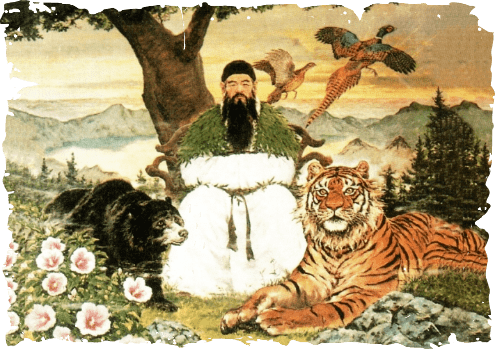
Mythology
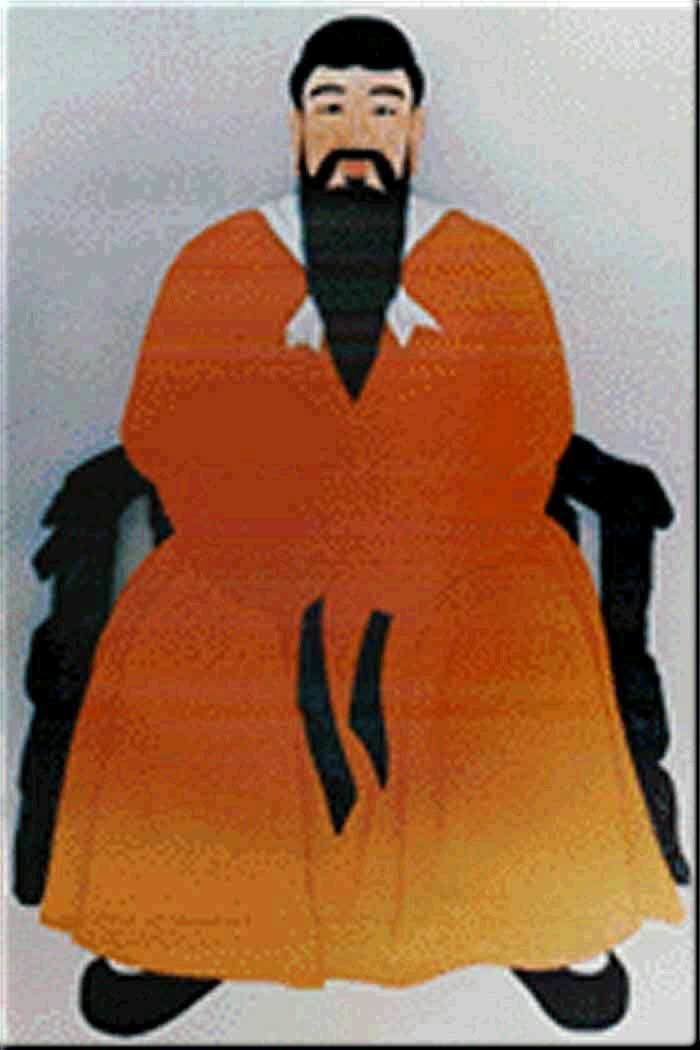
Dangun's ancestry legend begins with his grandfather Hwanin (환인/桓因), the "Lord of Heaven". Hwanin had a son, Hwanung (환웅/桓雄), who yearned to live on the earth among the valleys and the mountains. Hwanin permitted Hwanung and 3,000 followers to descend onto Baekdu Mountain, where Hwanung founded the Sinsi (신시/神市, "City of God"). Along with his ministers of clouds, rain and wind, he instituted laws and moral codes and taught humans various arts, medicine, and agriculture. Legend attributes the development of acupuncture and moxibustion to Dangun.
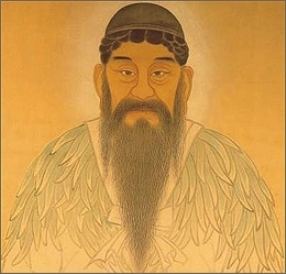
A tiger and a bear prayed to Hwanung that they might become human. Upon hearing their prayers, Hwanung gave them 20 cloves of garlic and a bundle of mugwort, ordering them to eat only this sacred food and remain out of the sunlight for 100 days. The tiger gave up after about twenty days and left the cave. However, the bear persevered and was transformed into a woman. The bear and the tiger are said to represent two tribes that sought the favor of the heavenly prince.
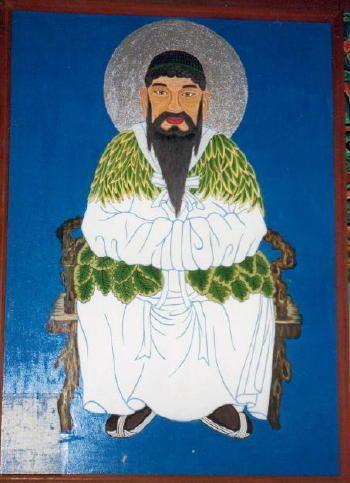
The bear-woman (Ungnyeo; 웅녀/熊女) was grateful and made offerings to Hwanung. However, she lacked a husband, and soon became sad and prayed beneath a "divine birch" tree (Hangul: 신단수; Hanja: 神檀樹; RR: shindansu) to be blessed with a child. Hwanung, moved by her prayers, took her for his wife and soon she gave birth to a son named Dangun Wanggeom.
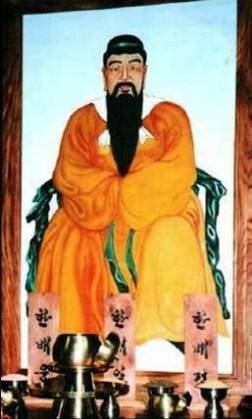
Dangun ascended to the throne, built the walled city of Asadal situated near Pyongyang (the location is disputed) and called the kingdom Joseon—referred to today as Gojoseon "Old/Ancient Joseon" so as not to be confused with the Joseon that was established much later. He then moved his capital to Asadal on Mount Paegak or Mount Gunghol.
Dating
Emperor Dangun's rule is usually calculated to begin in 2333 BC, based on the description of the Dongguk Tonggam (1485) contrary to the 40th year of the reign of the legendary Chinese Emperor Yao. Other sources vary somewhat, but also put it during Yao's reign (traditional dates: 2357 BC-2256 BC). The Samguk Yusa states Dangun ascended to the throne in the 50th year of Yao's reign, while Annals of the Joseon Dynasty says the first year and Dongguk Tonggam says the 25th year.
Until 1961, the official South Korean era (for numbering years) was called the Dangi (Hangul: 단기; Hanja: 檀紀), which began in 2333 BC. Followers of Daejongism considered October 3 in the Korean calendar as Gaecheonjeol (Hangul: 개천절; Hanja: 開天節 "Festival of the Opening of Heaven"). This day is now a public holiday in South Korea in the Gregorian calendar called "National Foundation Day". North Korea dates Dangun's founding of Gojoseon to early 30th century BC.
15 March in the year 4340 of the Dangun Era is called "Royal Day Festival" (hangul: 어천절 hanja: 御天節 romaja: eocheonjeol), the day that the semi-legendary founder Dangun returned to the heavens.
Appearances
The earliest recorded version of the Dangun legend appears in the 13th century Samguk Yusa, which cites China's Book of Wei and Korea's lost history text Gogi (古記). This is the best known and most studied version, but similar versions are recorded in the Jewang Un-gi by the late Goryeo scholar Yi Seunghyu (이승휴/李承休, 1224-1300), as well as the Eungje Siju and Sejong Sillok of the early Joseon. Dangun is worshipped today as a deity by the followers of Cheondoism and Daejongism.
In Taekwondo
Dangun is the second pattern or hyeong in the International Taekwon-Do Federation form of the Korean martial art taekwondo. Students learn that the hyeong represents "the holy legendary founder of Korea in the year 2333 BC." Unusually for a hyeong, all the punches in Dan Gun are high section (eye level) symbolising Dangun scaling a mountain, see Dangun Hyeung.
Mausoleum of Dangun
North Korea's leader Kim Il-sung insisted that Dangun was not merely a legend but a real historical person. As consequence, North Korean archaeologists were compelled to locate the purported remains and grave of Dangun.
According to a publication by North Korea, the Mausoleum of Dangun is the alleged burial site of the legendary Dangun. The site occupies about 1.8 km² (0.70 mi²) on the slope of Taebaek Mountain in Kangdong, not to be confused with the Taebaek Mountain in South Korea. Dangun's grave is shaped like a pyramid, about 22 m (72 ft) high and 50 m (164 ft) on each side. Many observers and historians outside of North Korea, including South Korea, consider the site controversial.
In popular culture
Dangun is a playable character in the computer game Empire Earth II in the first campaign, leading the Korean civilization. The Korean campaign is about early Korean history, from 2333 BC to 676 AD, divided into eight scenarios. The first two scenarios are about the founding of the state of Gojoseon and its first contacts with other Korean states and China, followed by scenarios about Korea's first wars with the Chinese and other Korean states.
